Are you looking for a contractor?
Submit our quick form and get quotes now!
Table of Contents
6 min read
Planning a Landscaping Project: What to Know
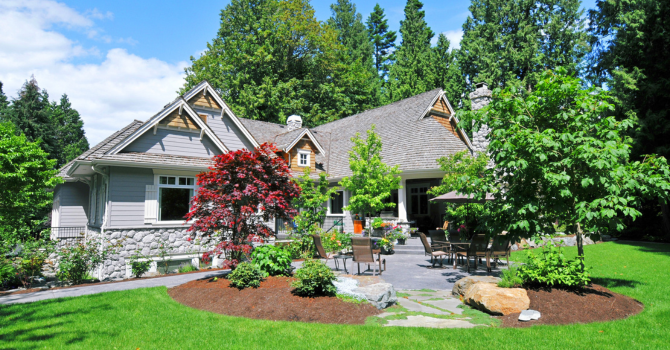

6 min read
Planning a Landscaping Project: What to Know
Exterior renovations Planning a Landscaping Project: What to Know
Have you tried your hand at designing a landscape? No doubt, this is an exciting project to plan out and complete, but the abundance of choices could leave you feeling overwhelmed. What plants are correct for your region and which work together? Will you include accessories like a bench, fountain or birdbath?
Luckily, if you’ve had a hand in your home's interior design, taking a leap with a landscaping project won’t be as daunting as it seems. Planning out a plot follows the same principles that guide an interior setup, with a few modifications of course.
If you’re ready to try your hand at planning out a landscaping project and are curious about the steps, then know you’ve come to the right place. We’re here to offer some important notes when it comes to undertaking this new venture.
The Planning Stages of a Landscaping Project
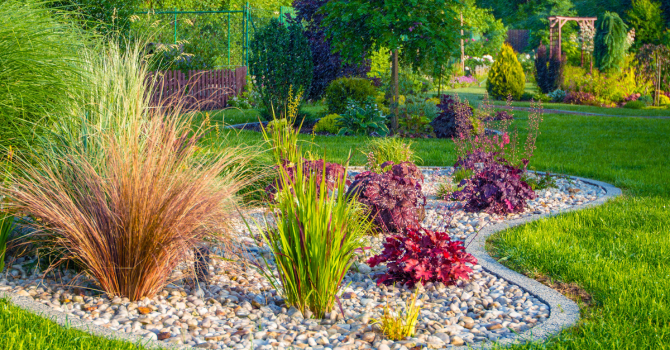
Source: Canva
1- Determine your needs and wants for your backyard
As mentioned in our introduction, a landscaping project can be daunting at first. An excellent place to start is to determine your landscape needs and wants. What is the most important aspect of your landscaping design? Consider some of the following questions:
Are you taking on the project for aesthetic purposes alone?
Does your family need a functional yard more than one that’s simply beautiful?
Are you looking to incorporate electrical elements, such as a water feature, lights, or even an outdoor kitchen?
Do you have pets that need space to run free?
These questions can help you to come a little closer in terms of layout and functionality. Remember, you can create various spaces with different uses as long as you use strategic planning and some hardscaping. Furthermore, we’d suggest doing a sketch of your lawn or backyard in order to get a visual sense of how you intend to lay things out. This doesn’t need to be your final plan, but it'll allow you to make some informed decisions moving forward.
2- Understand your backyard
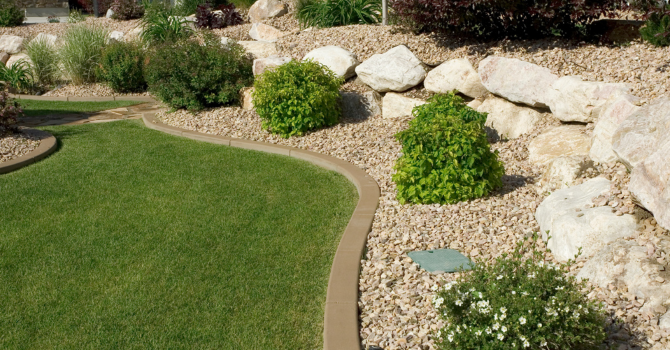
Source: Canva
An important part of designing a landscape is knowing which plants are native to your region, and thus, will flourish in your backyard. Consider your regional climate, the topography of your site as well as the type of soil you’re working with. Most of this information can be found online, and if that doesn’t suffice, we’d suggest taking a trip to your local garden centre and speaking to an employee for a bit of insight into what will and won't grow.
Another note is that your yard will likely have very specific conditions and create a microclimate based on the amount of sunlight and shade it receives. This will be a major consideration when it comes to determining the plants that are able to live on your property. You can think about these microclimates in 4 different categories: full sun, partial shade, shade or deep shade. When you’re drawing up a sketch of the areas you’re going to be taking on, take note of these regions.
Lastly, consider the topography and how water drains on your land. Do bear in mind that the best landscape design will allow water to drain away from your home.
3- Think about landscaping design ideas
Choosing a theme for your landscape can be helpful when determining where your plants and other items will go. We’d suggest choosing a theme that’s in harmony with the architecture of your home. If you’re thinking about your landscape as an extension of your house, you’ll want to work with cohesive lines, patterns and forms. Are you more interested in a landscape that's neat with tidy geometric shapes? Or, do you prefer softer lines and a natural feel when it comes to your space?
As mentioned, your yard should be thought of as another room of your home. In the way that the inside of your home has carefully designed rooms, so should your landscape. You can use plants and materials to create different areas. These considerations can move you closer to a concrete landscaping plan.
4- Hardscape, then softscape
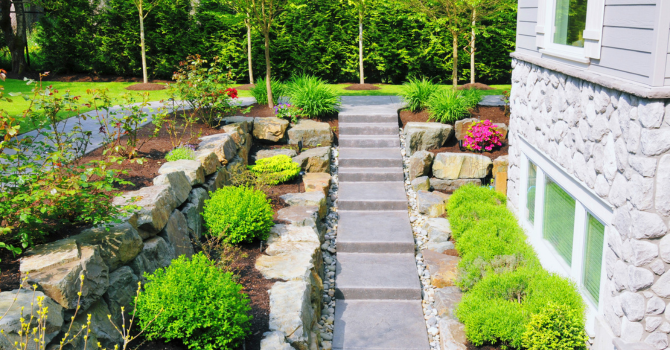
Source: Canva
Before you set out any plants, we’d recommend beginning with hardscaping elements. Hardscaping can include features such as a patio or porch, fencing, walkway or driveway, and so forth. In most cases, these are involved in construction projects and thus, will damage any turf, grass or plants you’ve already laid out.
By now, it’s likely you've determined which plants will work for your landscape and climate. Plants can be used to clearly define barriers as well as where your landscape ends. Low-growing plants can offer an implied barrier or border, whereas taller plants can be used to clearly define areas. It’s important to mention that when correctly placed, plants and trees can greatly alter the conditions of your site. This will include temperature, light and wind conditions, as well as how noise travels within the space.
When structuring your plants, consider the various visual landings. The overhead landing will include tall trees or plants. The vertical landing will include the disposition of plants in terms of their distance from one another, as well as the width and height of smaller plants. Lastly, there’s the ground level, and this is for smaller plants which will be grouped together. Regardless of the plants you’re working with, remember to uphold a sense of unity throughout your entire landscape.
5- Start small, but think ahead in terms of your backyard
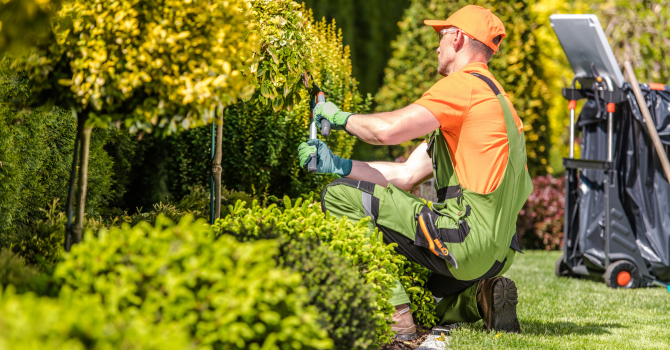
Source: Canva
If this project still feels overwhelming to you, we’d like to take a moment to mention that part of designing your own landscape is to slowly and carefully develop a plan and have fun while doing so. Don’t spend too much time thinking about how quickly things need to be finished. Take it day by day, a step at a time. You want to pay careful attention to detail and this can only be done when you approach it from a meticulous and balanced perspective.
Of course, you’ll also need to consider the future of your landscape. Specifically, think about how the passage of time may affect the plants. This means, when selecting your plants, consider their growth rate, maintenance requirements and their size at full maturity. It’s important to keep in mind that a plant has the potential to grow bigger or shrink in specific conditions.
If you're looking for more information about landscaping projects, consider our other articles:
Get 3 renovation quotes for your landscaping project
RenoQuotes.com can help you get quotes for your landscaping project. If you submit your project, we’ll put you in contact with top-rated contractors. Fill in the form on the homepage (it only takes a few minutes), and you will receive quotes from companies that are specialized in home renovations.
Dial 1-844 828-1588 to speak with one of our customer service representatives.
Last modified 2023-11-07
Looking for something else?
Related articles
The latest industry news, interviews, technologies, and resources.
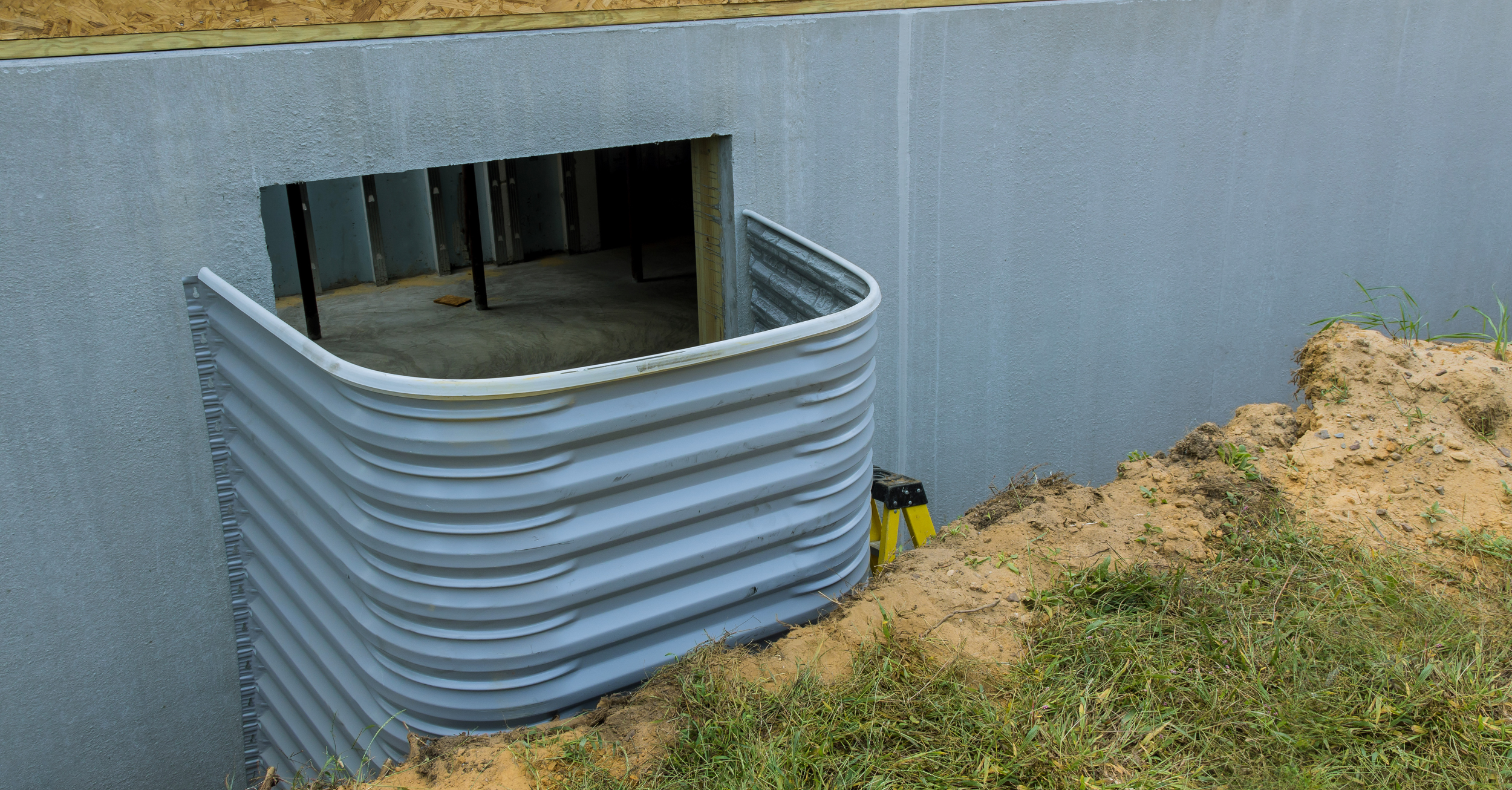
RenoQuotes.com • 19 Dec 2023
It all comes down to this: Water is a house’s number one enemy, so when a basement window sill is even to or slightly higher than the grass, said proximity to the ground risks exposing it, along with its components, to soil moisture.
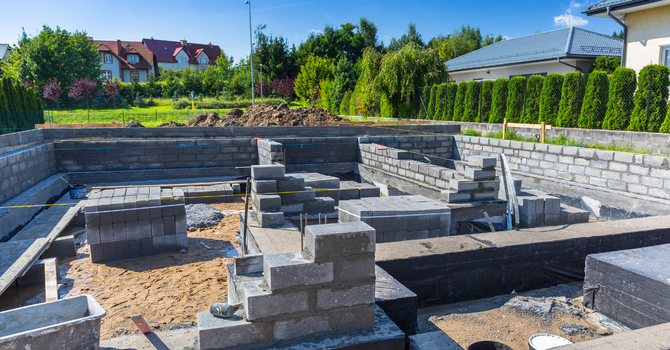
RenoQuotes.com • 07 Nov 2023
Building a house involves a series of steps, the first one being earthwork, which consists of cleaning and preparing the land on which the structure will be built. Next up, pouring the foundation, which is a crucial step that ensures the solidity of the structure and the house’s structural strength through the years.
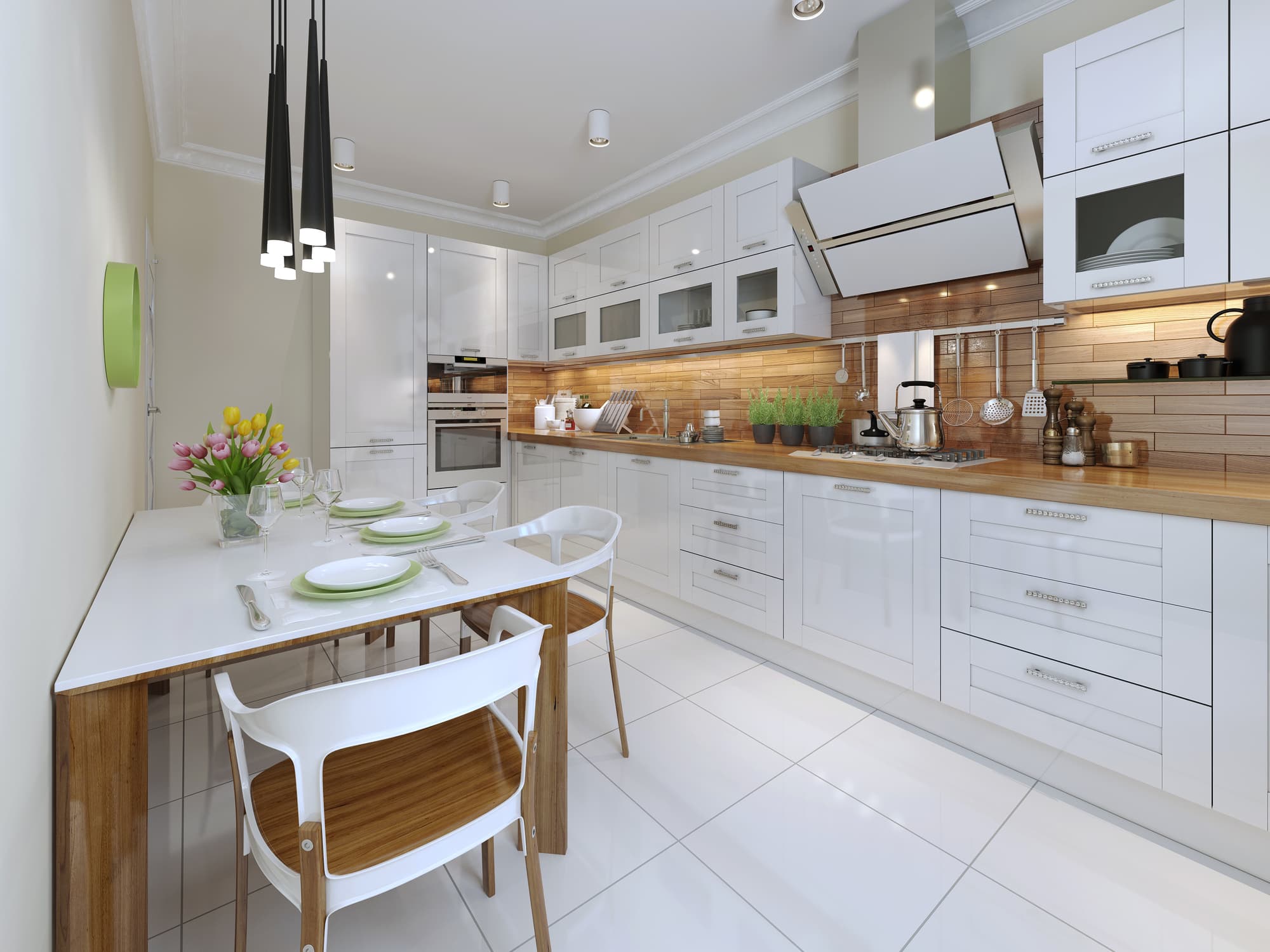
Léa Plourde-Archer • 07 Nov 2023
Ceramic is a highly-resistant and versatile material that is known for being both practical and aesthetically pleasing. Adapted to all tastes, it is sold in the form of tiles that are offered in a wide variety of colours, shapes and textures. There is something for every budget, as prices vary, among other things, depending on the quality of the material and shape of the tiles.

N/A • 07 Nov 2023
Often on the blog, we discuss decor and design trends but we usually focus on the home front. This allows our readers to find inspiration to create the perfect layout for their interiors and exteriors. But what about those looking for ideas for their business?
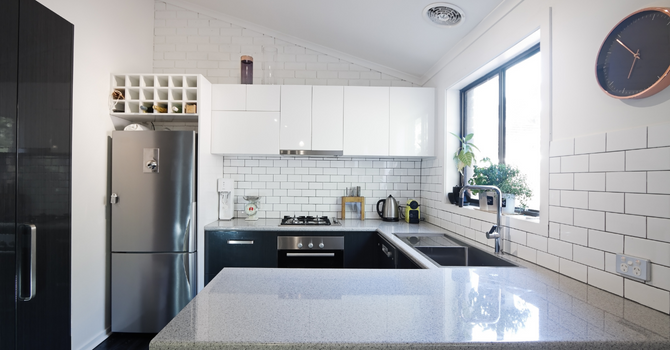
N/A • 07 Nov 2023
Are you hoping to install tiles in your kitchen or bathroom? If choosing the tile pattern and size are initial questions on your mind, what about the technique used when laying tiles?